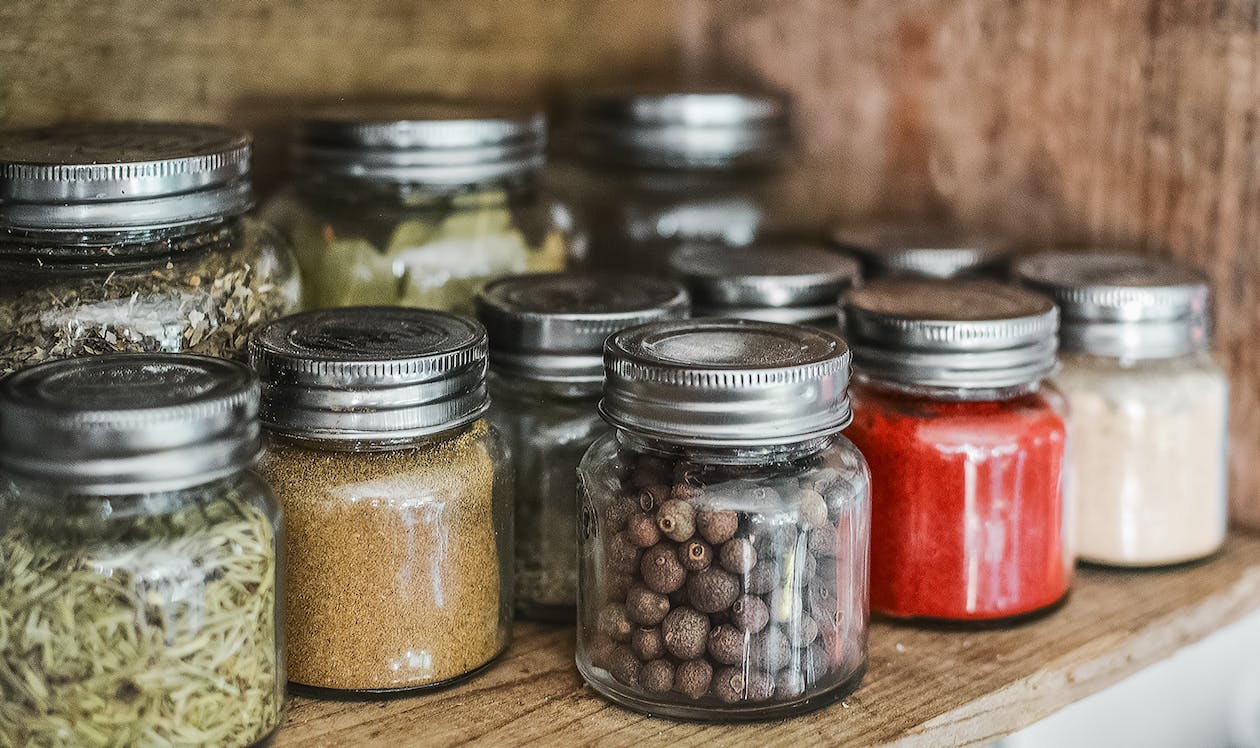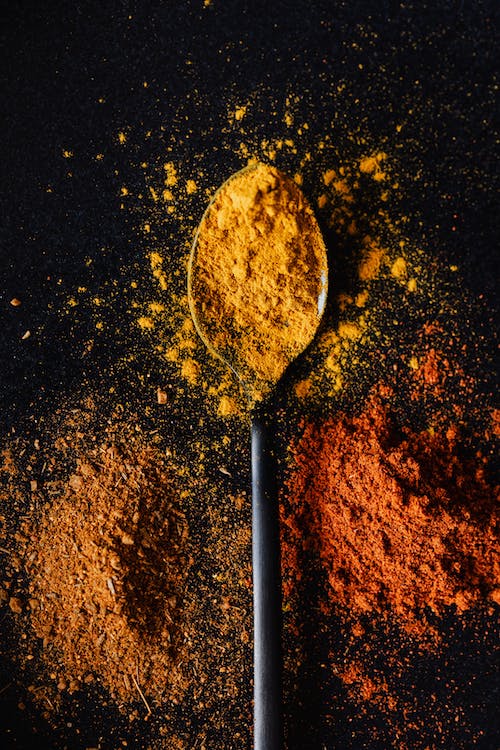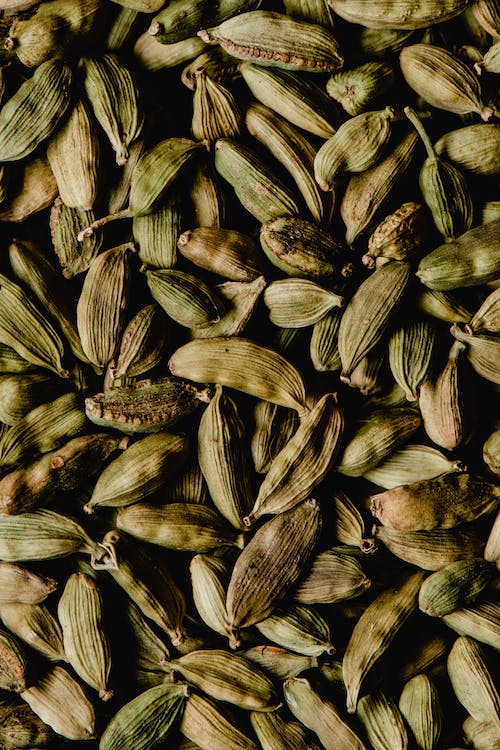By using good quality spices, any experienced chef or curious cook can turn any bland dish and transform it into a masterpiece. They add flavor, aroma, and depth to our plates, transforming ordinary meals into extraordinary culinary experiences. Thus, having a well-stocked spice cabinet can greatly enhance your cooking. Here’s a quick guide to help you fill your pantry with must-have spices.
1. Black Pepper
This basic seasoning is suitable for adding effortless heat and depth of flavor to dishes. It is a counterpoint to today’s salt; black pepper is a spice that tastes great on most savory dishes in small doses. Also, black pepper sticks around heat when used to finish any dish.
2. Garlic Powder
Garlic powder is a product obtained by crushing garlic cloves. It provides a hassle-free way to add flavor without putting so much effort into mincing fresh garlic. While fresh garlic is fantastic, garlic powder offers convenience and a more even flavor distribution. It’s perfect for seasoning meat, sauces, and even roasted vegetables.
3. Cumin
This spice offers a warm, earthy flavor with a slightly nutty note in many global cuisines, including Mexican, Indian, and Middle Eastern. A gentle touch of cumin can add unexpected flavor to dishes like eggs or grilled meat. Further, it can be used in spice blends, curries, and to season beans and rice.
4. Cayenne Pepper
This popular spice is made from dried and ground red chili peppers, specifically the Capsicum annuum variety. It is popularly used as a seasoning to add spice to any dish. Also, it is widely used to add a spicy and pungent flavor to various dishes. With its versatility, any chef favors this spice in many dishes, including soups, stews, sauces, marinades, and dry rubs for meats. It can also be sprinkled on snacks like popcorn or used as a seasoning for roasted vegetables.
5. Turmeric
Turmeric comes from a ginger family known for its vibrant yellow color and mild flavor. It’s a staple in Indian and Southeast Asian cooking and a key ingredient in curry powder. Adding turmeric to chicken rice, ginger noodle soup, saucy rice noodles, cashew chicken, and coconut pie is a game-changer.
6. Bay Leaves
Bay leaves add a subtle, woody flavor to soups, stews, and sauces. They’re typically used whole and removed before serving the dish. It is often used to add depth in flavor to soups, stews, and broths. Add bay leaves, a piece or two, to the pot while your dish simmers, and remove them before serving.
7. Cinnamon
Cinnamon is not only a vital element in baking, but it’s also useful for savory projects and an element in many spice mixtures. Its distinctive aroma is both comforting and inviting, adding to the flavor profile, which is often described as having notes of cloves and citrus with a hint of sweetness. Whether making a batch of cinnamon rolls or adding a sprinkle to your morning coffee, cinnamon is a must-have spice in the kitchen.
8. Paprika
Paprika comes in various forms, including sweet, hot, and smoked. It adds color and a mild, smoky flavor to dishes. It is commonly used in Hungarian and Spanish cuisine and is a main ingredient in dishes such as goulash and paella. Also, if you want every day dishes, paprika can be used as a seasoning or a garnish. It adds color and flavor to various dishes, including soups, stews, sauces, roasted meats, and even deviled eggs.
9. Nutmeg
This spice adds warmth and depth to both sweet and savory dishes, including béchamel sauce, other cheese dishes, and desserts, as it pairs well with ingredients like cinnamon and cloves in many dessert recipes. It can enhance the flavor of dishes like creamy spinach or cheese sauces.
10. Oregano
This spice is commonly used in Italian, Mediterranean, and Mexican cuisines; it adds a robust, earthy flavor. The flavor is warm with a slight bitterness, making it an excellent seasoning for any dish, like grilled shrimp, grilled chicken, or sprinkled on roasted potatoes or raw tomatoes. It’s a must for pizza and pasta sauces but can also be used in salads, marinades, and roasted vegetables.
11. Thyme
Thyme has a slightly earthy and lemony flavor, making it a great addition to roasted meats, soups, and stews, but it can also spice up vegetables. It pairs well with various ingredients and adds depth to your dishes. For variations, fresh thyme leaves can be stripped from the stem and added to dishes, while dried thyme is a convenient option for seasoning.
12. Rosemary
This fragrant and pine-like herb is perfect for seasoning roasted chicken, lamb, and potatoes and other French and Mediterranean cooking. It also adds a lovely aroma to bread and baked goods, commonly used in bread and biscuit dough, to impart a fragrant and savory quality to your baked goods.
13. Cardamom
Cardamom is a popular spice known for its strong, aromatic flavor and its use in a variety of culinary applications. You may know it best through sweet applications or as part of chai masala. The flavor is complex: it has notes of citrus and mint, as well as a spicy taste. Cardamom is typically sold as whole pods, seeds, or ground powder. The whole pods can be added to dishes to infuse their flavor, and the seeds can be removed and ground for use in recipes.
14. Coriander
Coriander seeds and ground coriander have a citrusy, slightly sweet flavor. These yellow-brown seeds came from the fruit-bearing the same name (although in other areas, they often call it cilantro), but they have a unique flavor compared to the soft, fresh leaves. Typically used in spice blends, coriander is a critical ingredient in many Indian, Mexican, and Middle Eastern recipes. They are used in various dishes, including curries, stews, soups, marinades, and spice blends like curry powder and garam masala. Ground coriander is also a key ingredient in many spice rubs and seasoning mixes.
15. Mustard
Used for making mustard and adding a tangy kick to dressings and sauces, mustard, when heated in a dry pan or oil, the seeds releases an aromatic, piquant kick akin to wasabi and horseradish. Whole mustard seeds are often used in pickling, marinades, and spice blends. They add a nutty, mild flavor and a bit of crunch to dishes. Yellow, brown, and black mustard seeds are commonly used.
Conclusion
A well-stocked spice cabinet allows any aspiring cook to experiment with various flavors and cuisines. As you become more comfortable with different flavors and recipes, you can expand your spice collection further and add more that can be tailored to your personal preferences and the types of cuisine you enjoy cooking. So, next time you are at the supermarket, stock up on these essential spices and witness your dishes come to life with flavor and aroma.




